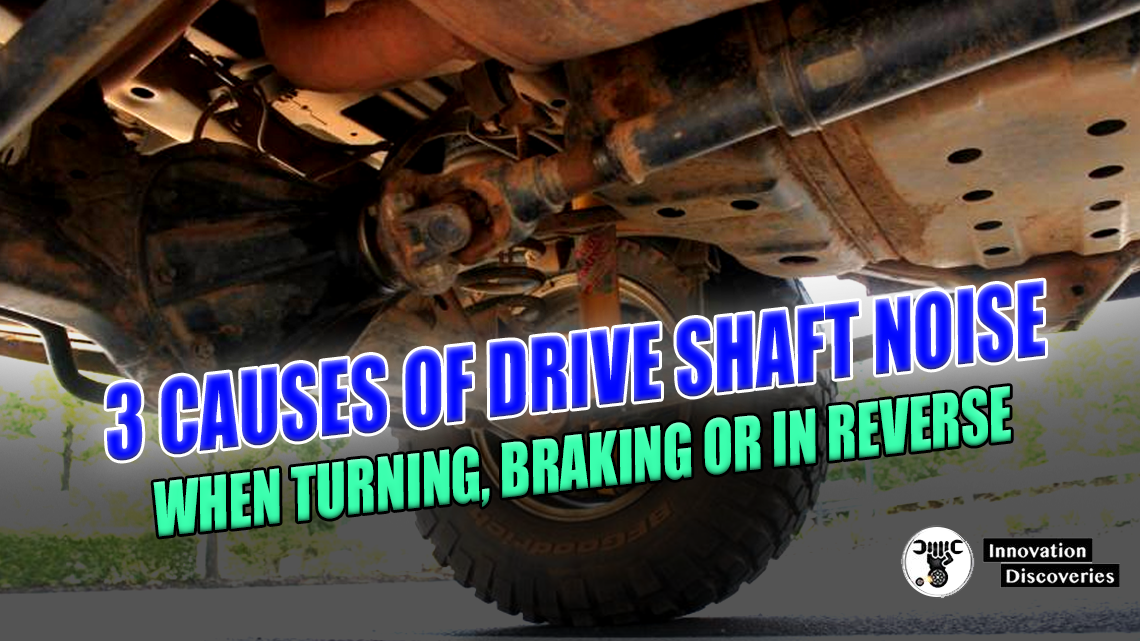
Introduction:
The drive shaft is an essential component of a vehicle’s drivetrain, responsible for transferring power from the engine to the wheels. While it typically operates smoothly and quietly, there are instances when unusual noises may emanate from the drive shaft.
6 Most Common Crankshaft Position Sensor Symptoms
These noises can indicate underlying issues that require attention and potential repairs. In this article, we will discuss the top three causes of drive shaft noise, namely bad bearings or bushings, bad U-joints, and a dislocated driveshaft. Additionally, we will touch upon the potential cost of drive shaft replacement.
Read – What Is Driveshaft? Working Of Driveshaft
Top 3 Causes of Drive Shaft Noises
Drive shaft noises can be a cause for concern when operating a vehicle. Unusual sounds emanating from the drive shaft can indicate underlying issues that need attention.
Let’s explore the top three causes of drive shaft noises, helping you understand the potential culprits behind those troubling sounds.
Discover More – Difference Between Crankshaft And Camshaft
1. Bad Bearings or Bushings.
One of the primary causes of drive shaft noise is worn-out or faulty bearings and bushings. Bearings are designed to facilitate smooth rotation of the drive shaft, while bushings act as a cushion between the drive shaft and other components.
Over time, these components can degrade due to excessive wear and tear, lack of lubrication, or exposure to contaminants. When the bearings or bushings become damaged, they can create a variety of noises, including squeaking, grinding, or clicking sounds.
These noises may occur when turning, braking, or operating the vehicle in reverse.
2. Bad U-joints.
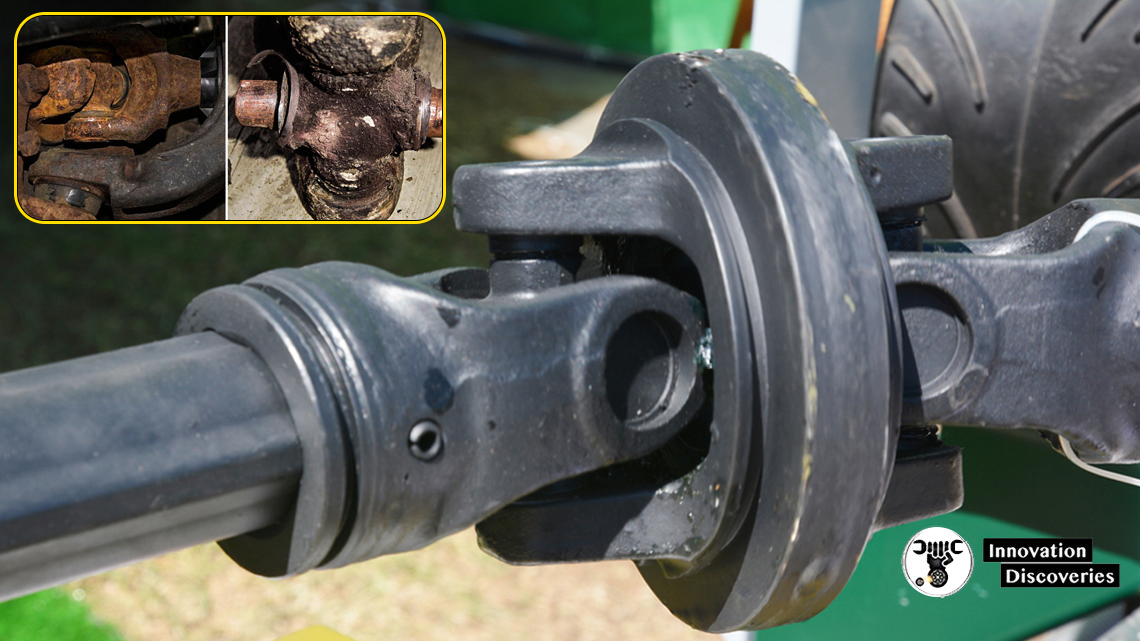
Universal joints, commonly known as U-joints, are flexible couplings that connect the drive shaft to the transmission and differential. They allow the drive shaft to accommodate changes in angle and rotational speed while transmitting power.
If the U-joints are worn out or damaged, they can produce noticeable noises. Common signs of bad U-joints include clunking or knocking sounds during acceleration or deceleration, as well as vibrations that can be felt through the vehicle’s floor or seats.
In some cases, U-joints may also emit squeaking or squealing noises when the vehicle is in motion.
3. Dislocated Driveshaft.
A dislocated or misaligned driveshaft can also lead to abnormal noises. This can occur due to loose or damaged mounting bolts or brackets that secure the drive shaft in place.
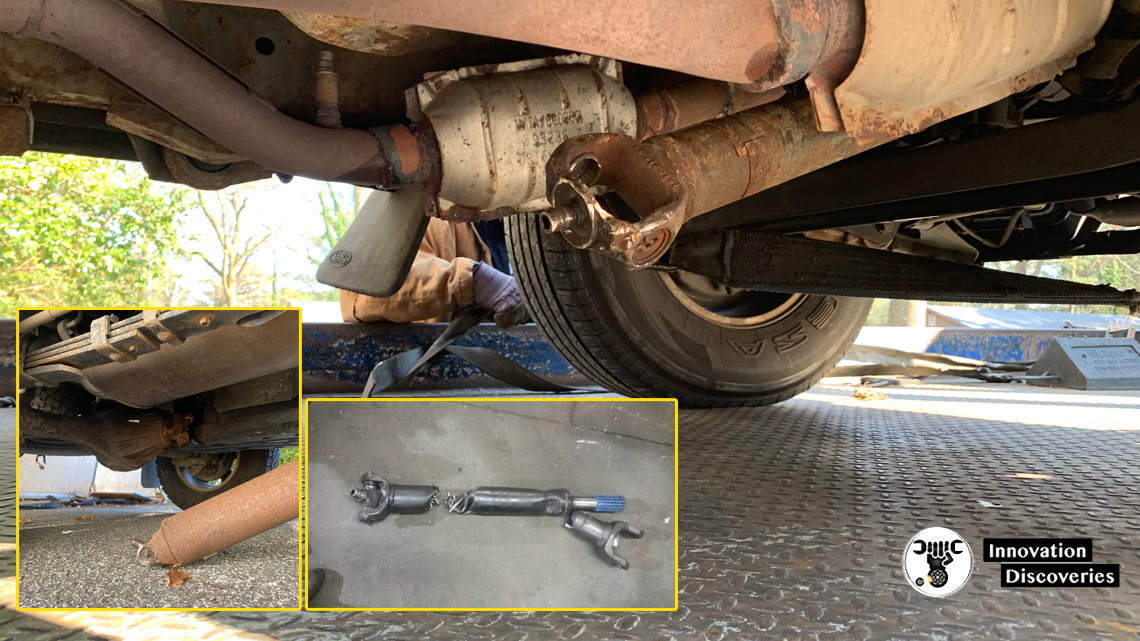
When the drive shaft is not properly aligned, it can cause vibrations and rattling sounds while the vehicle is in operation. These noises are often more pronounced during turns, braking, or reverse maneuvers.
How To Fix Low Compression In One Cylinder
Drive Shaft Replacement Cost
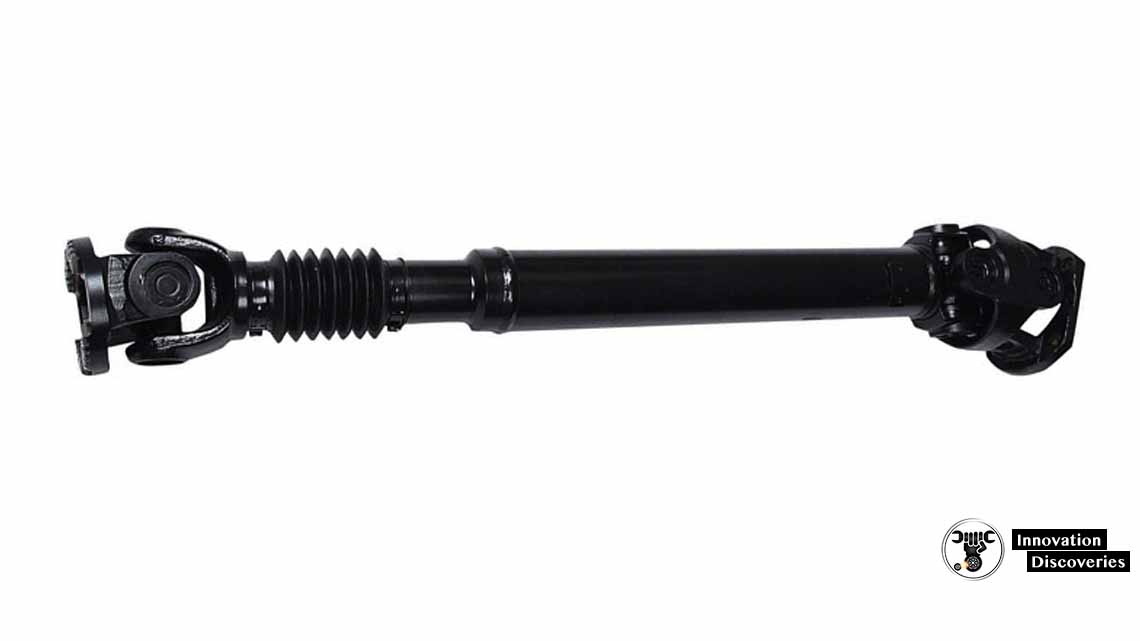
The cost of replacing a drive shaft can vary depending on several factors, including the make and model of the vehicle, the type of drive shaft (two-piece or one-piece), and labor costs in your area. On average, drive shaft replacement costs can range from $500 to $1,500, including parts and labor.
Also, read – Checking the rear axle for leaks and changing the oil
However, it’s important to note that these figures are estimates, and the actual cost may differ based on individual circumstances and local market conditions. It’s advisable to consult with a qualified mechanic or repair shop to get an accurate estimate for your specific vehicle.
Discover More:
Conclusion:
When encountering drive shaft noise while turning, braking, or in reverse, it’s crucial to identify the underlying cause to prevent further damage and ensure safe operation of the vehicle.
The top three causes of drive shaft noise discussed in this article are bad bearings or bushings, bad U-joints, and a dislocated driveshaft.
Prompt diagnosis and repair can help address these issues before they escalate. Additionally, understanding the potential cost of drive shaft replacement allows vehicle owners to budget accordingly when faced with such repairs.
Read More:
- 5 Causes of Transmission Fluid Leaks and Repair Cost
- 5 Symptoms of a Bad CV Joint and Replacement Cost
- Applying underbody sealant
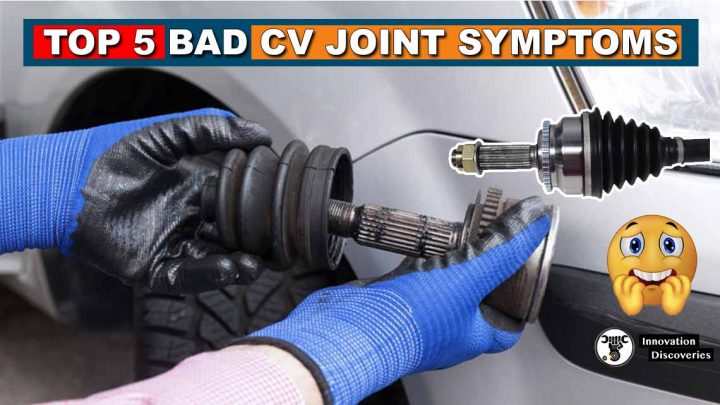


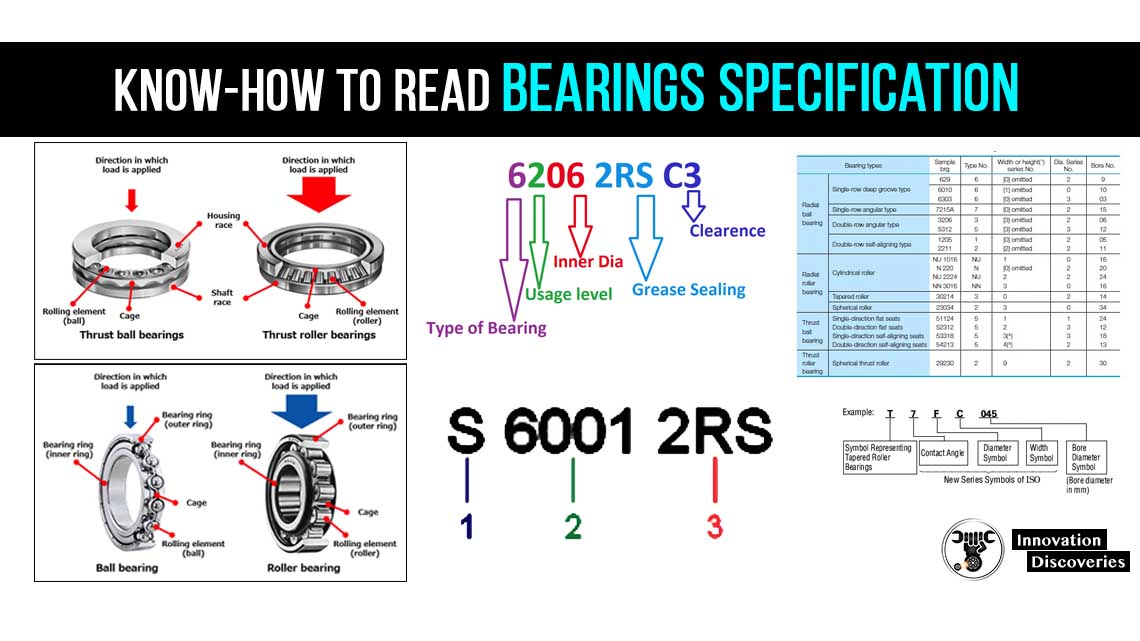
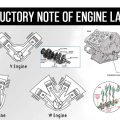
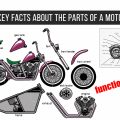
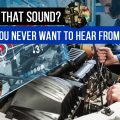

5 Comments